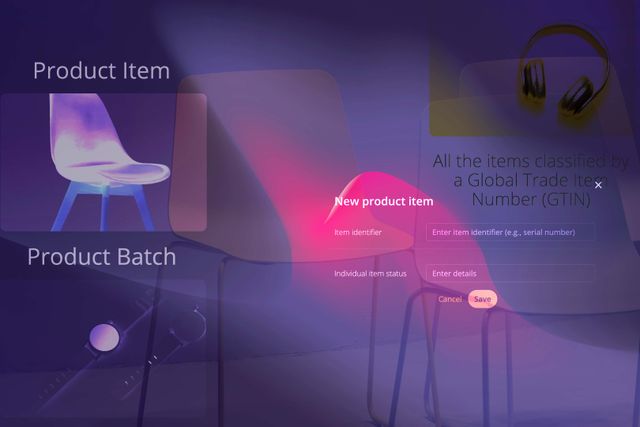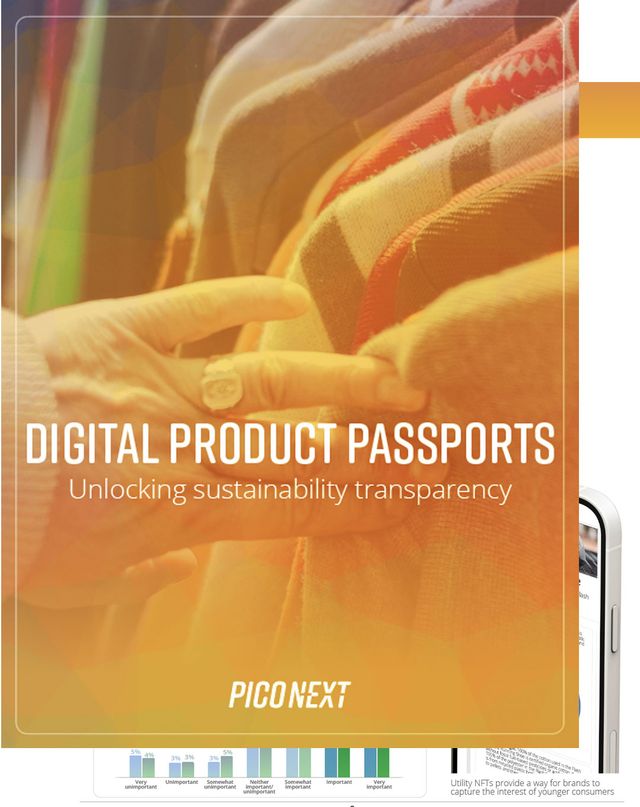As part of our June 2024 PicoNext release, we’ve enabled new support for Item- and Batch-level Digital Product Passport (DPP) data.
This new feature allows companies to show granular information about attributes relating to a specific item a customer has purchased, or information about a particular manufacturing batch (such as if DPP varies based on the factory location at which a product was produced). PicoNext enables companies to define data schemas for managing this granular information, input individual item- or batch-level information, and then display that detailed data within the context of a DPP.
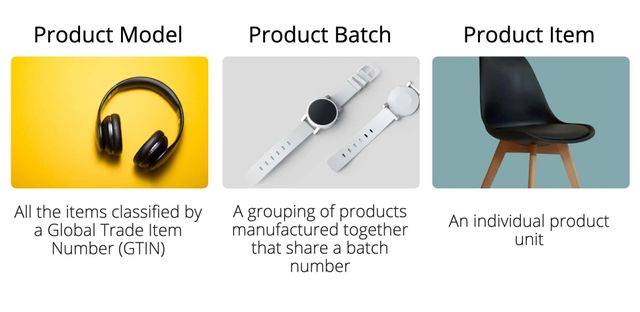
Regulatory background on Item- and Batch-level data
Digital Product Passports are regarded as a means to drive increased transparency in a company’s sustainability efforts. Through increased transparency in a product’s sourcing, manufacturing, supply chain, and environmental impacts, consumers can make informed decisions on the goods they wish to purchase and be better informed on the actions they should take to enhance product circularity.
The foundational regulation for Digital Product Passports in the European Union, the Ecodesign for Sustainable Products Regulation (ESPR), outlines broad requirements for DPP. Most products sold or distributed within the European Union will need to have a Digital Product Passport. This passport must be accessible through a data carrier provided with the product, such as by scanning a QR code.
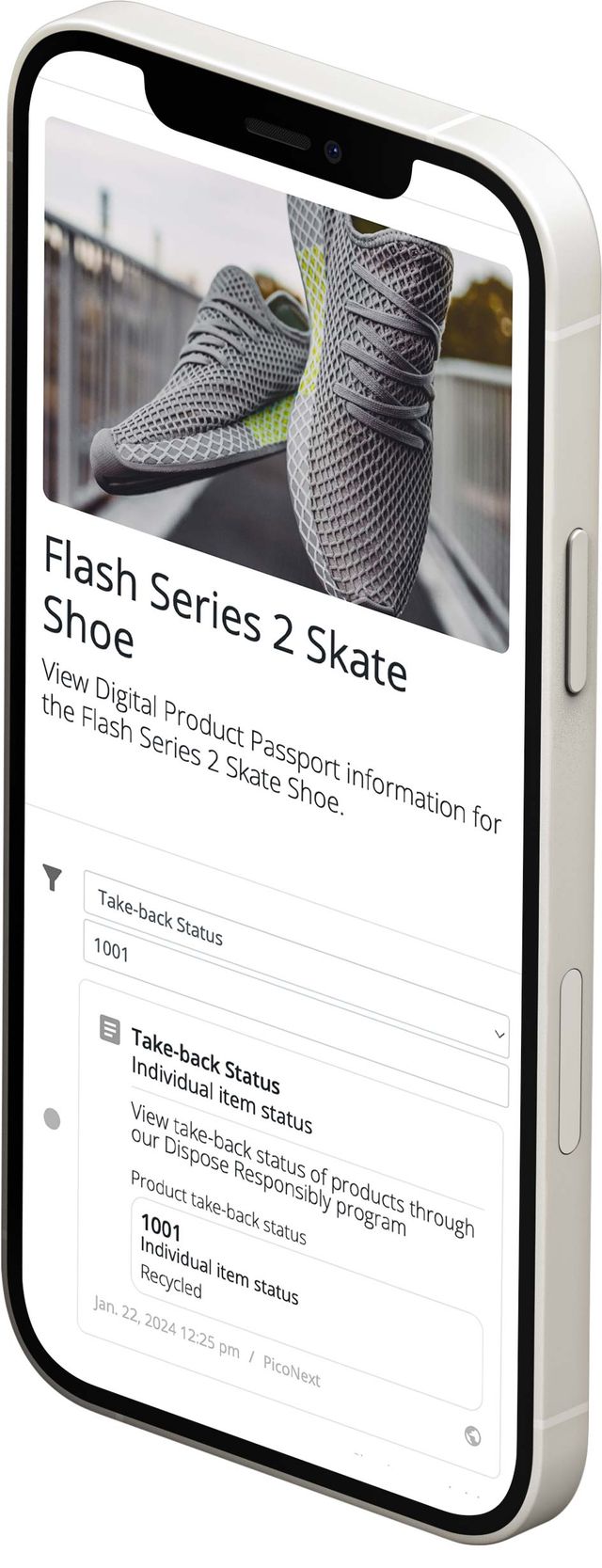
The ESPR outlines the overall requirements for DPPs, and more specific regulations are forthcoming in the months and years ahead. These specific requirements – called “delegated acts” – apply to specific product categories and will detail what types of data are required in a Digital Product Passport, and how consumers should access it.
One of the broad areas that the ESPR does address, however, is that a product passport can cover a product at the model, batch, or item level. The ESPR states: “The requirements related to the product passport laid down in the delegated acts ... shall, as appropriate for the product groups covered, specify … whether the product passport is to correspond to the model, batch, or item level.”1
Battery Directive: Example of Item-level data
For example, the E.U. Battery Directive is an initial implementation of the ESPR legislation that is seen as a model for legislation that will affect other product categories. The legislation outlines the scope of the data that should be presented in a Digital Product Passport.
Model-level data required for batteries
Most battery data in a Digital Product Passport is expected to be reported at the Model level, that is, for all manufactured units that share a GTIN or SKU identifier. Data attributes the Battery Directive requires to be reported at the Model level include the following, among others:2
- Manufacturer identifying information, including: name, address, point-of-contact, Web address, and email
- Battery category, and model identification and batch / serial number
- Place of manufacture
- Date of manufacture (month and year)
- Battery weight
- Battery chemistry
- Hazardous substances present in the battery (other than mercury, cadmium, or lead)
- Critical raw materials in the battery in a concentration of more than 0.1% by weight
- Carbon footprint information
- Recycled content information
- A series of technical indicators about the battery
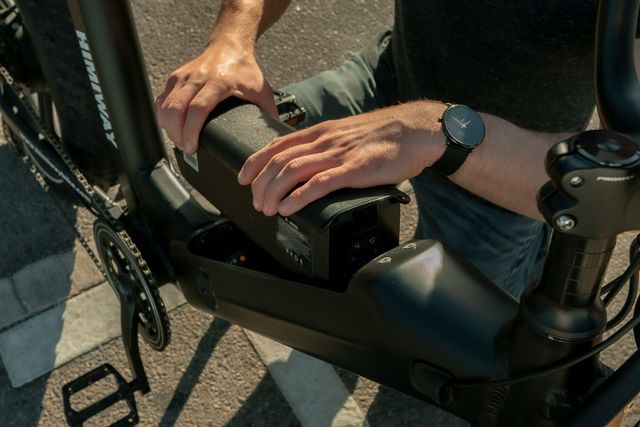
Item-level data required for batteries
The Battery Directive also requires that other data about a battery be reported at the individual item level. These item-level attributes include:3
- Battery performance and durability parameters, when the battery is placed on the market and when it is subject to changes in its status
- State of battery health
- Battery status, i.e.: “original”, “repurposed”, “re-used”, “remanufactured”, or “waste”
- Information from battery use, including:
- Number of charging and discharging cycles
- Negative events, such as accidents
- Periodically recorded information on environmental conditions, including temperature, and on the state of charge
Other types of Item- or Batch-level data use cases
The E.U. Battery Directive is one example of using Item- and Batch-level data in a Digital Product Passport, and other categories may include similar requirements as regulations are finalised. As these regulations roll out, companies are experimenting with Item- and Batch-level data in different ways. For example, a company may use this capability to:
- Display the recycling status of an apparel item returned to the manufacturer
- Confirm the authenticity of a luxury item by product serial number
- Chart the journey of an individual item through a sustainable supply chain
- Report on different DPP attributes affected by the manufacturing location or specific factory of a product batch

Enabling Item- and Batch-level DPP Data using PicoNext
In the June 2024 release of PicoNext, we launched new features to support Item- and Batch-level Digital Product Passport data. Using PicoNext, companies can do the following:
- Create and manage Product Item Groups that contain this granular data
- Define the data schema for those Product Item Groups
- Update data attributes for an individual item or batch within a Product Item Group, and
- Display individual Item- or Batch-level DPP data, either through: (A) The preformatted Token Explorer viewer, or (B) In a customised branded experience via the PicoNext Enterprise APIs
1. Create and manage Product Item Groups
To get started, users can create a new Product Item Group within PicoNext. A Product Item Group contains the individual items or batches to display within the overall DPP. Working with our customers, we’ve developed this architecture so that companies don’t have to create DPPs for each individual Item, but can instead create an overall Model-level DPP, and then surface the relevant Item- or Batch-level data within the overall DPP. This structure also simplifies end-user access to the DPP via QR code, because a company can distribute one QR code or URL to end-customers.
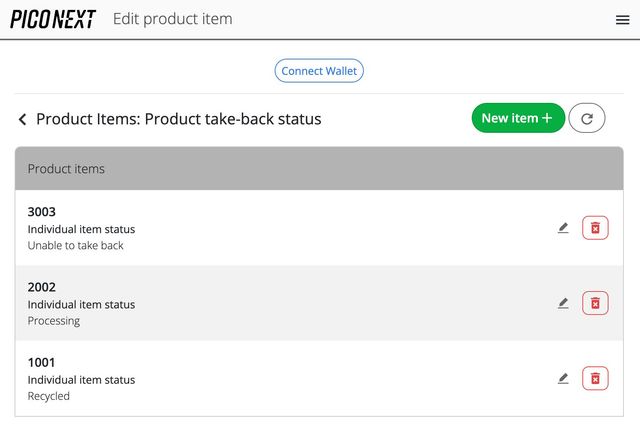
2. Define the data schema for those Product Item Groups
Within a Product Item Group, a company can define what data to report on at the Item or Batch level. PicoNext users can add sustainability attributes from the same library used in DPP Planner to this data schema, as well as define reporting attributes that are custom to a company.
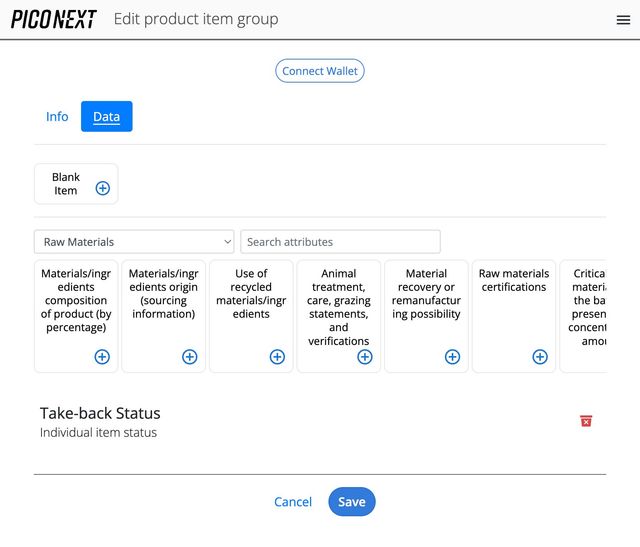
3. Update data attributes for an individual item or batch within a Product Item
Group
With the data schema defined for a Product Item Group, companies can then create individual product Items (or Batches), and then add data according to the fields defined in the schema. For example, if a company is reporting on the recycling status for their apparel as part of a take-back programme, a company can create a new garment item, and then indicate that the recycling status is “Processing” or “Recycling Completed”.
This update can be accomplished using a no-code interface for manual entry, or, for companies operating at scale, data updates can be automatically triggered using the PicoNext Enterprise APIs.
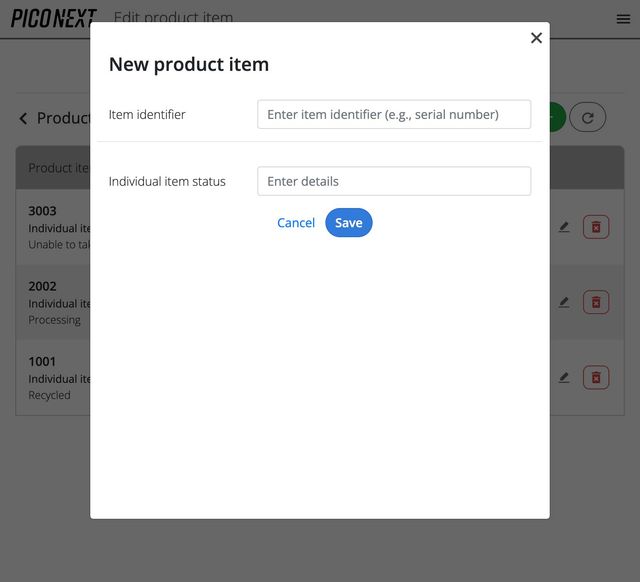
4. Display individual Item- or Batch-level DPP data
Item- and Batch-level data can be displayed within an overall DPP by adding a new attribute within DPP Planner and assigning a Product Item Group to it. The individual Item data will then display as an attribute in the preformatted Token Explorer viewer, along with a search field so that users can filter by the item’s unique identifier (like a serial number).
Item data can also be pre-filtered through URL query strings in Token Explorer. Finally, for companies that wish to display Item- or Batch-level data using a custom, branded experience, developers can access this granular data using the PicoNext Enterprise APIs.
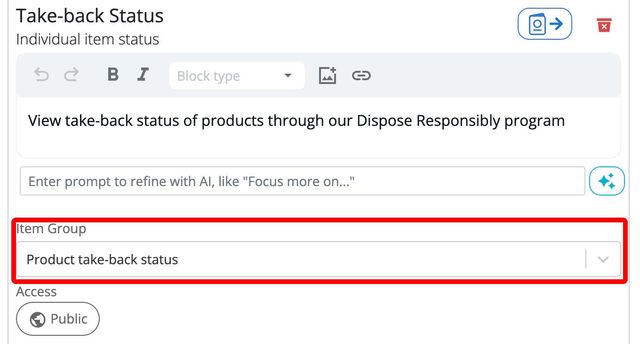
Implementing Item- and Batch-level data in Digital Product Passports
As category-specific Digital Product Passport regulations are implemented through delegated acts in the upcoming months, companies will need to focus on Item- and Batch-level data as an element to consider in their DPP implementations. Using PicoNext, brands can simplify the process for creating and managing Item- and Batch-level data within their DPPs using a no-code, end-to-end Digital Product Passport platform.
For more information
For more information on using Item- and Batch-level data within your Digital Product Passport, request a consultation with a PicoNext expert.
Request a consultation to learn more about Item- and Batch-level data in DPPs
Footnotes
-
Proposal for a Regulation of the European Parliament and of the Council establishing a framework for setting ecodesign requirements for sustainable products and repealing Directive 2009/125/EC. Article 8 "Product Passport". Section 2(d). eur-lex.europa.eu/legal-content/EN/TXT/HTML/?uri=CELEX:52022PC0142 ↩
-
Digital Battery Passport Guide. “What information should a Battery Passport contain?: Public information about the battery” https://piconext.com/article/digital-battery-passport/ ↩
-
Digital Battery Passport Guide. “What information should a Battery Passport contain?: Public information about the battery” https://piconext.com/article/digital-battery-passport/ ↩
